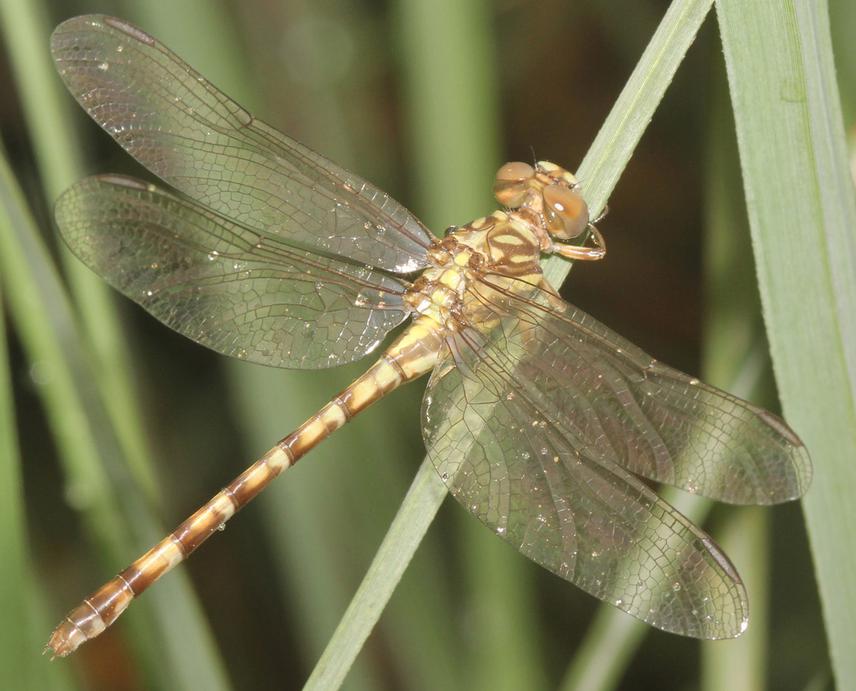Matjaž Bedjanič
Sri Lanka is classified among the global biodiversity hotspots. Around 125 dragonfly species are known from the island. Endemicity is very high – 60 taxa or 48% of the odonate fauna are endemic. Most endemics are confined to small remaining areas of tropical rainforest in central and southwestern parts of the island and are highly endangered.

Paragomphus campestris sp
Project aims to round up several years of voluntary research and conservation work on the dragonfly fauna of the island. In this frame, it especially aims to improve knowledge on globally endangered endemic dragonfly species from Sri Lanka and to contribute to their conservation.
First project part comprises additional odonatological field work in two different seasons, focused on 10 selected critically endangered endemic dragonfly species and on odonatologically still unsurveyed areas. Carefully planned and focused field research will ensure significant amount of new data that will help in identifying of dragonfly species diversity and distribution in Sri Lanka. For selected critically endangered endemic dragonfly species (Sinhalestes orientalis, Drepanosticta adami, Drepanosticta hilaris, Drepanosticta montana, Elattoneura leucostigma, Anisogomphus solitaris, Heliogomphus ceylonicus, Heliogomphus nietneri, Heliogomphus lyratus, Macromia flinti; www.iucnredlist.org), of which many have not been found in last 30 years or even much longer, this will be the first targeted field survey ever. Valuable new data on their distribution, habitat requirements and biology will be gathered.
Second project part comprises work on publication of the book »Distribution Atlas of the Dragonflies of Sri Lanka«. It will summarize years of work on the odonatological database for dragonflies of the island. Available information on distribution of all dragonfly species and summary of knowledge on their habitat requirements, biology and taxonomy will be presented. Additionally, an overview of threat status of the dragonfly fauna as well as conservation and research priorities with future recommendations will be provided. Publication will raise the interest for odonatological topics among nature conservationists, researchers and students in Sri Lanka. It will be among the first of its kind in Southeast Asia and even among the first in the tropics globally.
The results of the project will be directly used in the frame of IUCN Red List of Threatened Species program, through updated globally endangered species assessments. As dragonflies are often called the »guardians of the watershed« and known as indicators and flagship species of preserved freshwater environment, the various outputs of the database will be useful for nature conservation purposes.